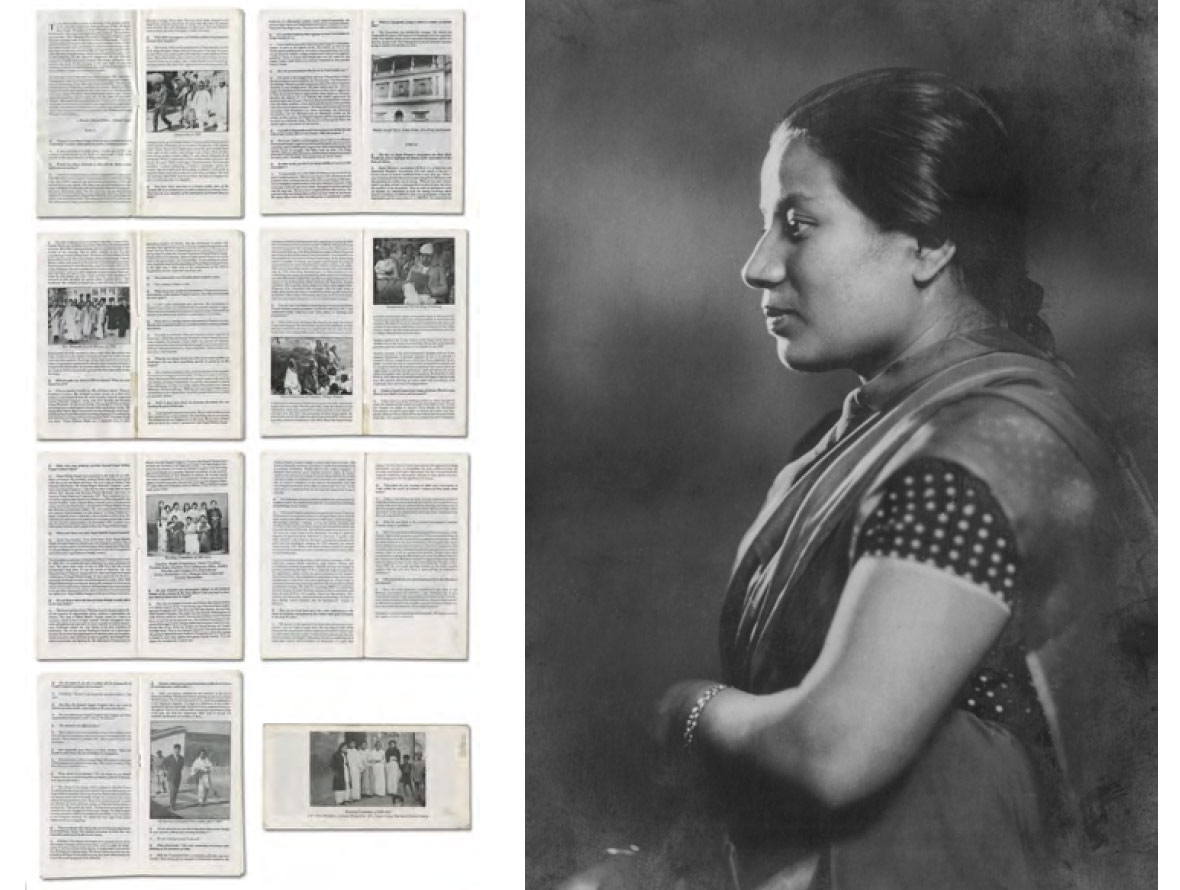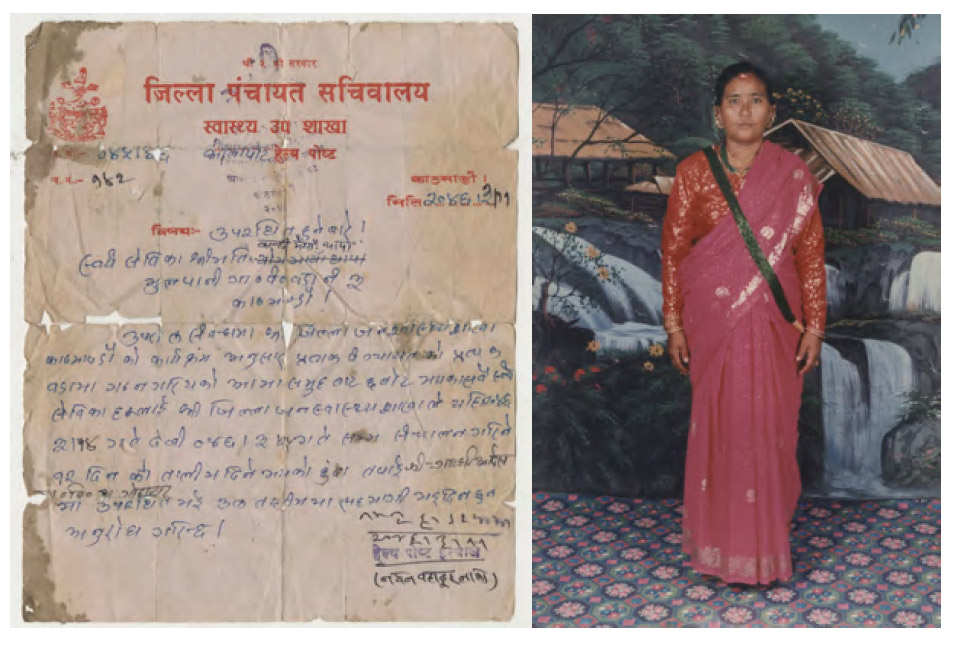Feminist Memory Project
Country: Nepal
Participants: Nepali feminists and women’s organisations
Kathmandu, 1982 / Friends during their Bachelor’s Convocation
© Yaso Kanti Bhattachan Collection / Nepal Picture Library
The Feminist Memory Project (FMP) was conceived as an effort to create a permanent photo archive of women’s and feminist movements in Nepal. The project is an initiative of Nepal Picture Library (NPL) which was established by Photocircle, the Nepali photography organisation, to build visual archives that create broad and inclusive narratives of Nepali history.
Nepal is geographically, ethnically and culturally diverse. The 2011 census recording 123 different spoken languages. The country’s 10-year internal conflict between the Nepali government and the Communist Party of Nepal, the Maoists, which officially ended with the signing of the 2006 Comprehensive Peace Accord was driven by long standing socio-economic inequalities and divisions. In the tumultuous years since, high levels of political tension and power struggles have overshadowed the voices of victims of the conflict and generated frustration and insecurity, leaving Nepalis disenchanted with politics. The conflict drivers of poverty, discrimination against minorities and caste polarisation have not been addressed, and entrenched forms of conflict including gender and caste-based violence remain prevalent.

Daughter-in-law of Badakaji Ratna Man Singh and the wife of the political rebel Ganesh Man Singh, Mangala Devi was pulled into the limelight very early by her circumstances. Despite the enormous constraint she faced at home, she was making her presence felt in key debates over women’s rights to education and suffrage. She always felt that women’s primary revolt happens at home. By the time the Rana regime was overthrown in 1951, she was in the position to give the women’s movement a wider organizational form. Nepal Women’s Association, officially inaugurated in 1951 under her leadership, was the public face of mainstream feminism until King Mahendra’ coup in 1960.
© Mangala Devi Singh Collection / Nepal Picture Library / Kanta Singh Manandhar Collection/Nepal Picture Library
NPL use the photographic archive as a means to capture the diversity of Nepal’s history to foster inclusion and democracy in the country. Their digital photo archives which include over 100,000 photographs and documents collected from various private and public sources, act as a safe and open repository for materials that show alternative and diverse representations of Nepali history. This collaborative production of history involves a concerted effort to unearth the obscured stories, often from Nepal’s poorer and marginal communities, to counter dominant singular national narratives.
The Feminist Memory Project was conceived in 2018 with the aim to document and create visibility around the ways in which women have participated in and shaped politics, education and society at large. The archive holds plural stories that range from the histories of pioneering Nepali feminist leaders to village women who became active in political struggles, including as members of the Maoist party during the civil war. Together, these histories show how Nepali women voice protest and build solidarity against violence and repressive state politics, traditions and cultures.
‘To become public is to be seen and accounted for in history. The journey of Nepali women from within the boundaries of domesticity to the openness of public life is a move from obscurity to memory’.
Recuperating history via photographs, NPL takes a participatory and dialogue-based approach to archive building. The collection is gathered through citizen’s contributions and consists of an evolving conversation with communities in Nepal. A team of NPL researchers undertook extensive and sustained regional outreach work to listen to and collect photographs from individuals, families and institutions around the country to build the FMP archive. For some groups little visual documentation exists so their archival methods combine oral history with the gathering of other documents and publications as well as photographs. The FMP collection has been exhibited in Nepal and internationally and used in schools.

Contributors to the Feminist Memory Project photographed together at a project exhibition in Kathmandu.
© Nepal Picture Library

Kathmandu, 1981
Women from all walks of life gather for a mass meeting in Kathmandu to submit a letter of protest to the government following the rape and murder of sisters Namita and Sunita Bhandari in Pokhara that rocked the country.
© Hisila Yami Collection / Nepal Picture Library


